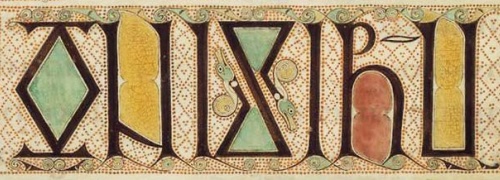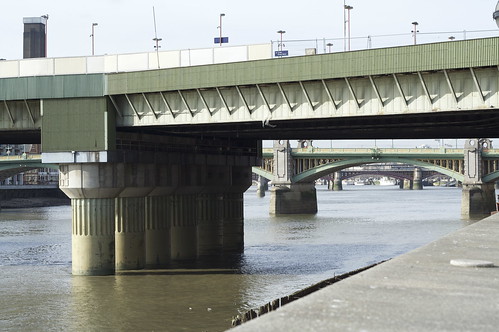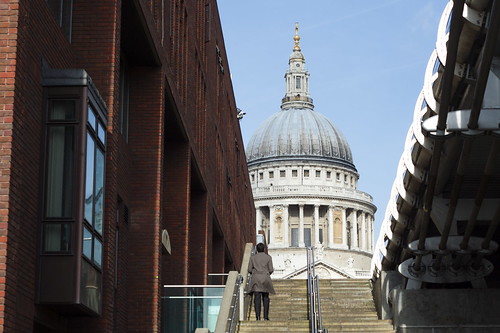Kottke pointed out this thread, a discussion starting from this question:
I wanted to ask for survival tips in case I am unexpectedly transported to a random location in Europe (say for instance current France/Benelux/Germany) in the year 1000 AD (plus or minus 200 years). I assume that such transportation would leave me with what I am wearing, what I know, and nothing else. Any advice would help.
The discussion was picked up at kottke.org and Metafilter.

All those threads are deeply fascinating for what they say about people’s attitudes to the past (and indeed their historical knowledge or lack of it). Most of the responses seem to fall into one of two types; the ludicrously over-confidant: “With my crazy future knowledge verily I will become as a God! I will invent the steam engine! And antibiotics!” and the opposite: “Aargh! By local standards I will be ignorant, stupid and freaky and so I will be burnt as a witch/raped/murdered/die of exposure/murdered again! I won’t last a week!”
I obviously have too high a faith in human nature, because it seems to me that clearly the right thing to do is find the nearest settlement (probably not very far: Europe wasn’t as densely populated then, but most places would be under cultivation), act in as non-threatening a manner as possible, look willing to help in any way possible, and do a Blanche DuBois: rely upon the kindness of strangers.
You’d be unlikely to end up as anything more successful than a serf, and if you happened to turn up at a time of famine or war you’d almost certainly be fucked, but I still think it’s your best chance of survival. The Middle Ages were pretty brutal, but that doesn’t mean that everyone then was either a bumbling idiot or a psychopath.
» The illustration is from the Lindisfarne Gospels and so about 300 years too early for the question, but hey-ho.





